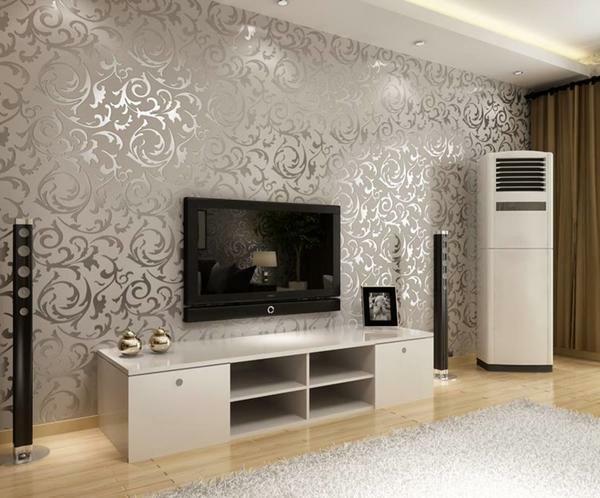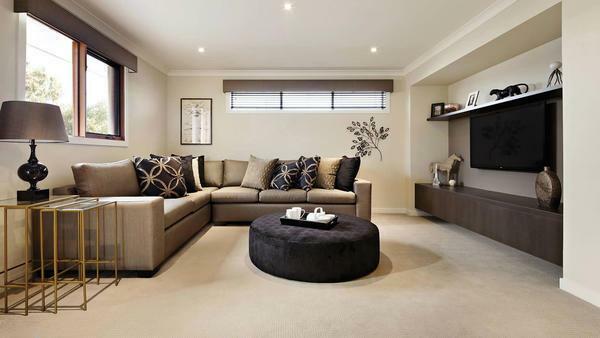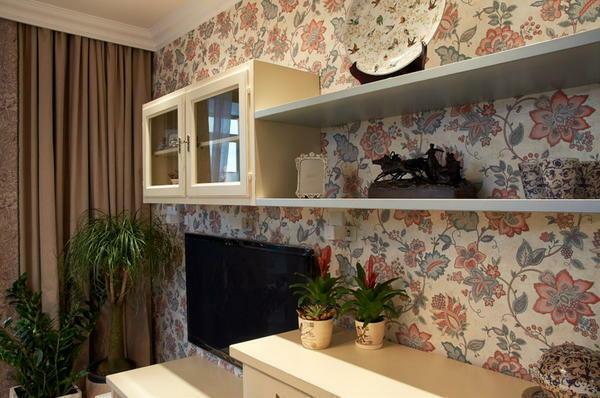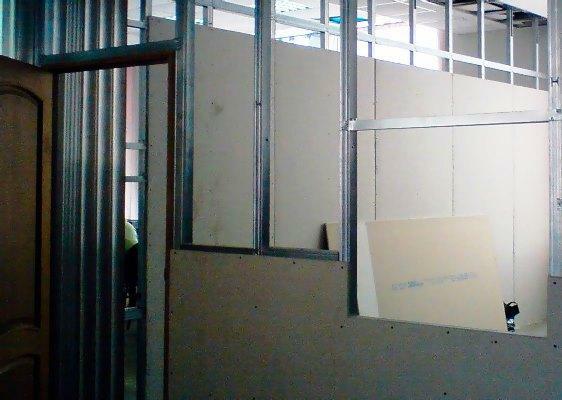 choosing a profile for plasterboard partitions, you should take into account its quality and basic characteristics Redevelopment of premises in modern times does not require special skills of construction. The simplest way of erecting a partition is the construction of plasterboard. It is easy to install, it can partition rooms in living quarters. Partitions can be different, both deaf and partial. The frame is made of galvanized profiles of various sizes.
choosing a profile for plasterboard partitions, you should take into account its quality and basic characteristics Redevelopment of premises in modern times does not require special skills of construction. The simplest way of erecting a partition is the construction of plasterboard. It is easy to install, it can partition rooms in living quarters. Partitions can be different, both deaf and partial. The frame is made of galvanized profiles of various sizes.
-
- Metal profiles for plasterboard partitions
- What are the profiles required for plasterboard partitions
- Galvanized profile for plasterboard partitions: Sizes
- recommendations which profile to use for interior partitions
- frame partitionsplasterboard with their hands
- Species profile for plasterboard partitions( video)
Metal profiles for plasterboard partitions
Any partition made of gypsum board has a basis "skeleton" for fixing GKL sheets. The sheets themselves are rather heavy and the frame for their fastening must be reliable. The profile for the drywall partition works well with this load. The structures are quite strong and perfectly even.
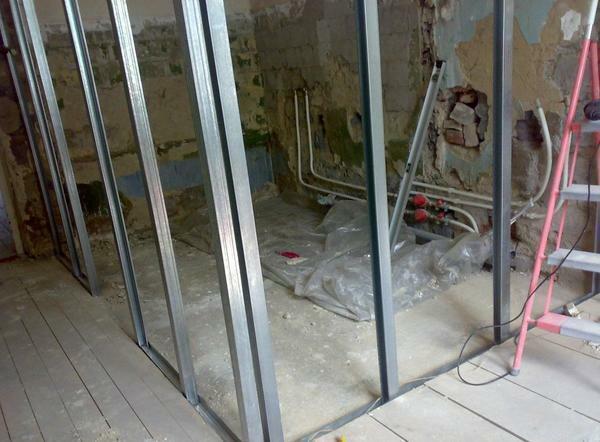 most popular is the metal profile plasterboard
most popular is the metal profile plasterboard
profiles differ in the types and sizes, they require coupling elements that complement the design more reliable and connect frame:
- guide profile is used for fastening the frame to theCeiling and floor;
- Rack is the backbone of the frame;
- Profile of the bridge connects the rack-mount profile;
- Ceiling mounted;
- Angular element of the delivery note;
- Suspension;
- Single-level connector;
- Connector two-level;
- Flexible arched profile used to create arches;
- Extension piece.
Profiles are also reinforced and not reinforced, the frame for gypsum board is better made from reinforced profiles. It is worth paying attention to the quality of the material.
The zinc-plated profile should not have any damage and traces of rust, the best is a profile with a zinc content of more than 99%, it is least susceptible to corrosion. Factory marriage is often masked by the painting of profiles, it is worthwhile to understand that hidden factory marriage is dangerous, the partition can simply collapse.
What profiles are needed for a drywall partition
Each profile type has its own purpose in installation. For each design a certain set of metal profiles and connecting elements are used. For suturing walls and ceilings use planar ones - they do not have ribs of rigidity and therefore do not withstand a strong load. Arched flexible profiles are used for the construction of various arches. With their help it is easy to make an arch of any form, and for interior walls - wall or partition profile, they have special reinforcement ribs in the form of two convex grooves along the entire length.
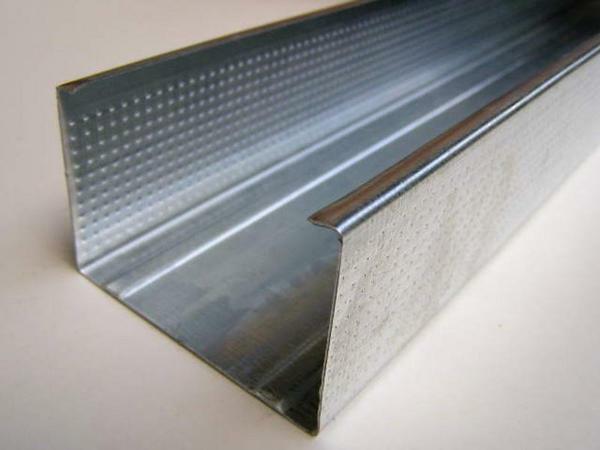 Before choosing profiles for drywall, it is best to consult the experts
Before choosing profiles for drywall, it is best to consult the experts
In order to make a partition, it is important to know what profiles are needed for the drywall partition:
- The guide partition profile( UW)Partitions;
- A rack-mounted carrier section for partitions( CW) is used to create a partition frame and is attached to the guide profiles;
- For structural stiffness between cross-section profiles, cross-sectional profiles connecting the entire frame are installed.
construction market has a huge range of profiles at various prices, but it is important to remember the proper quality, frame profiles must withstand the load position.
Profiles must be taken in the same size, larger partitions are used for the bulkheads, a standard profile of 50 mm wide can be used for partial or curved partitions.
Galvanized profile for gypsum board: dimensions
Different profiles are used for different frames. It is important to know what this profile is for, in order to make the partition as high as possible.
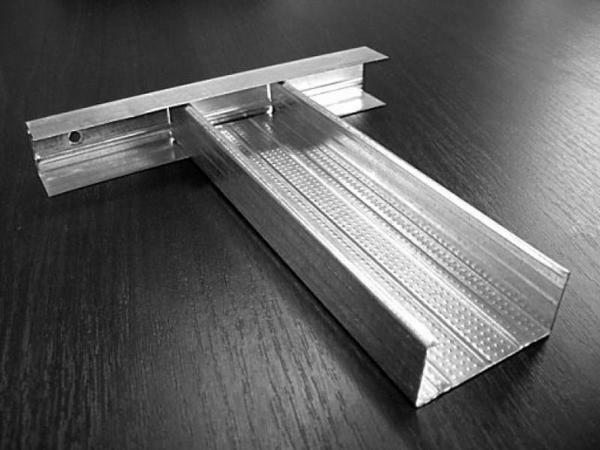 The size of the profiles depends on the features of both the room and the gypsum boards
The size of the profiles depends on the features of both the room and the gypsum boards
Profile for the partition of gypsum board - dimensions:
- The guide profile has a width of 28 mm, a height of 27 mm, a length of 3 or 4 meters, Wall thickness 0.5 - 0.6 mm;
- The carrier profile has a width of 42 mm to 150 mm, a shelf height of 27 mm is 40 mm, 3 or 4 meters long.
More resilient to shocks and impacts of the partition walls with a wider width. It is important not to forget to make technical openings for laying internal communications.
Some types of profiles have finished holes with rubberized edges, so as not to damage the sharp edges of the integrity of the wiring, laid inside the bulkhead from the plasterboard.
Recommendations, which profile should be used for interior partitions
Interior partitions made of plasterboard should perform noise isolation in addition to the separation. This can be achieved by laying a noise-isolating material inside the wall.
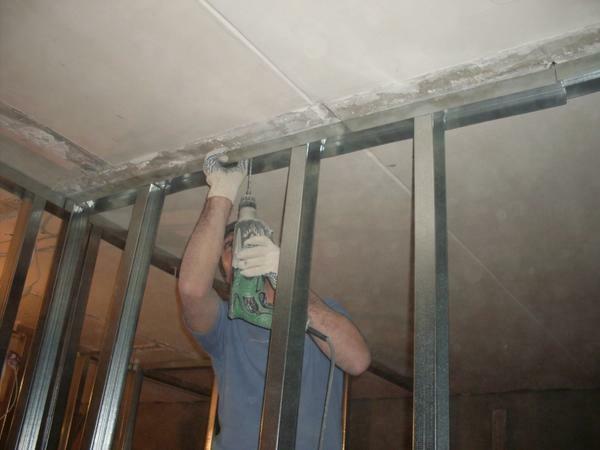 For good sound insulation, you need to purchase a special soundproofing material for internal filling of walls
For good sound insulation, you need to purchase a special soundproofing material for internal filling of walls
Different rooms require different wall thickness and depends on which profile to use for partitions:
- To achieve the thickness of the partition 7, 5 cm, the profile is 50 mm wide;
- A 10 cm thick partition leaves the profile with a width of 75 mm;
- The thickness of the partition is 12.5 cm when using a 100 mm wide profile.
It should be noted that the most shaky and weak partition will be when using profiles of 50 mm wide, such a partition is better to perform as a partial or decorative part of the interior.
The optimum width for the wall, partitioning the space of the room, is a profile of 75 mm. The most durable partition, respectively, will be a construction using a profile of 100 mm wide. Increase the stiffness of thinner partitions by adding one profile to another or by double layer of gypsum board.
Gypsum board partition walls with own hands
The plasterboard partition is quite simple to install and does not require special skills. The main task is to select suitable profiles and prepare them for installation.
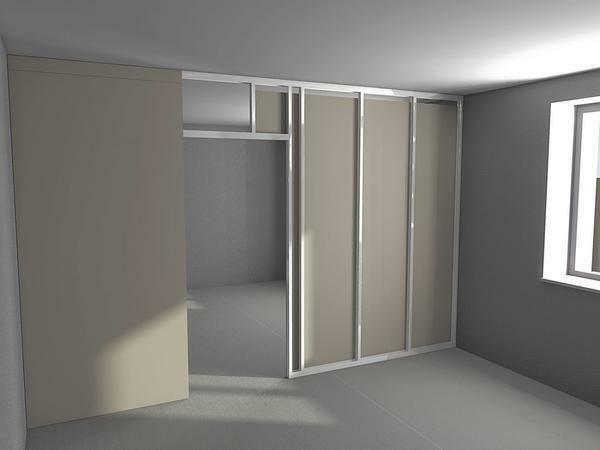
 You can install the drywall on your own, the main thing is to prepare in advance all the necessary materials for repair work.
You can install the drywall on your own, the main thing is to prepare in advance all the necessary materials for repair work.
The frame of the plasterboard partitions with your own hands is performed in stages:
- Secure the floor and ceiling guides all overThe length of the septum;
- Insert and fasten the racks to the rails;
- Secure the longitudinal links in each step of the racks;
- Close the frame with GKL sheets and finish.
Before beginning the installation of the partition, it is necessary to mark the surface of the floor and ceiling by measuring the required distance from the perpendicular wall at two points and then connect using a cord.
Do the same on the ceiling. Then attach noise insulation tape to the profile rails. Install the rails with screws or dowels. The rack profiles are inserted first into the floor guides, and then to the ceiling rails and leveled by the level, fixed with screws from above and below.
Sometimes the skeleton is executed without transverse jumpers, but still it is desirable to make them so that the sheets of the GKL have as much attachment point with the frame. This will add extra strength to the structure. After planking one side of the frame with plasterboard, it is necessary to lay in the communication and only then the insulating material. To fasten sheets of gypsum cardboard it is necessary on the edge directly to rack-mount profiles with screws and without fanaticism, utaplivaya hats a little under the face of the sheet.
Profile types for gypsum board( video)
Frame for profile partitioning is securely attached to the floor and ceiling, the surface is perfectly flat. The doorway has the same width along the entire perimeter, which facilitates the installation of doors. The options for further finishing the partition from plasterboard are great, so this wall is in no way inferior to the walls of brick.
